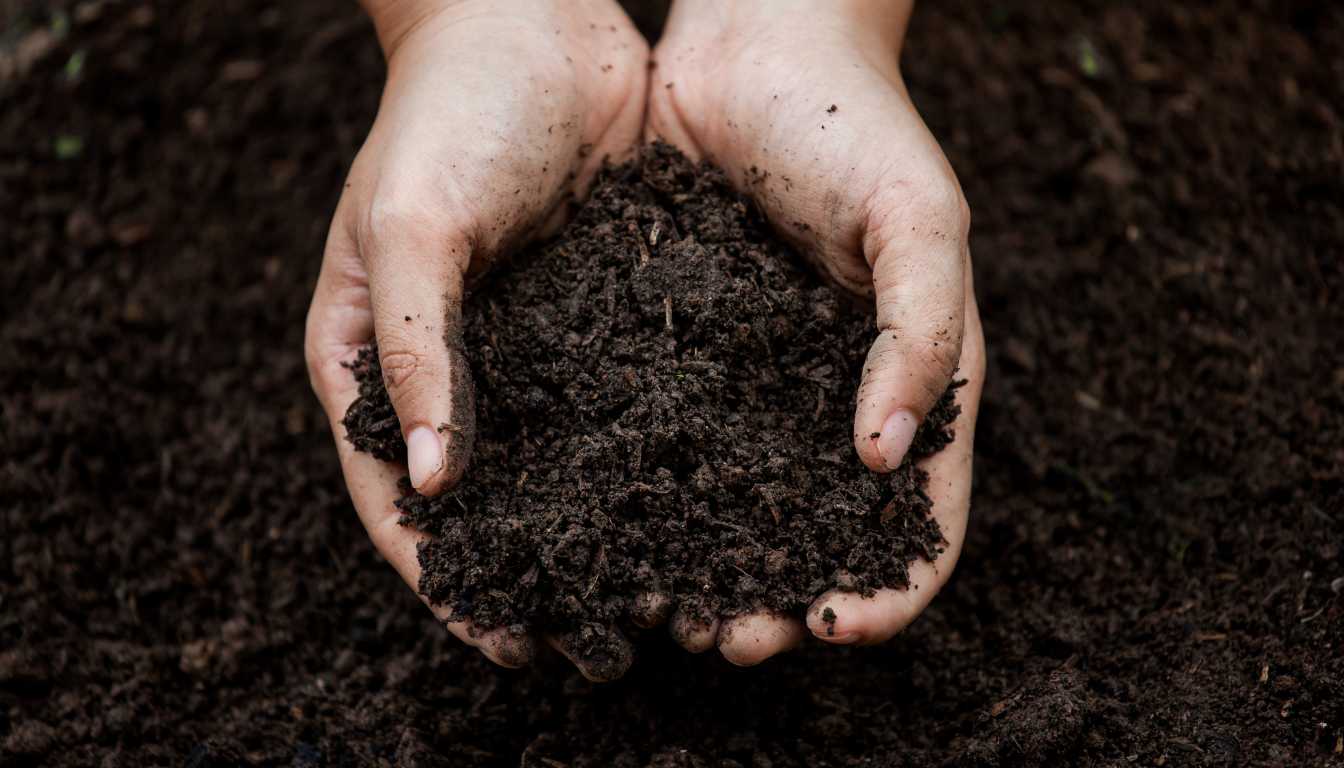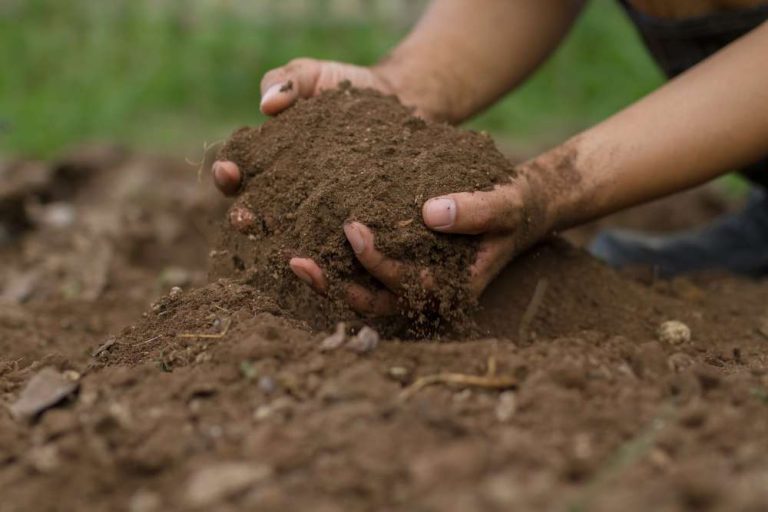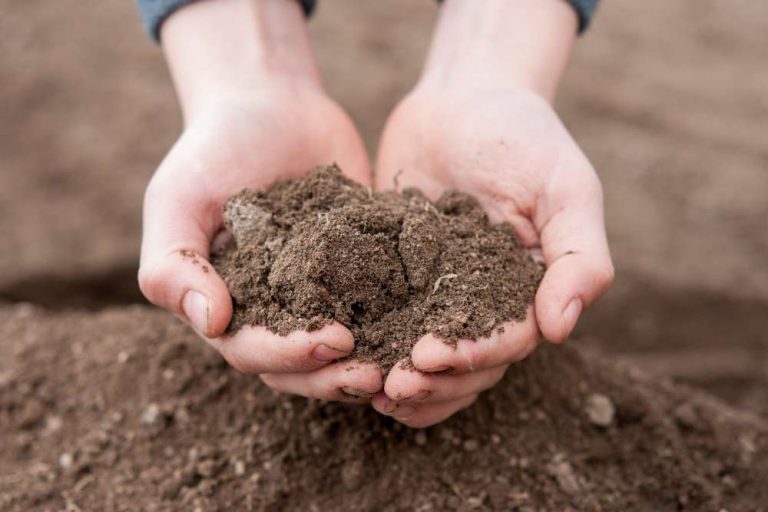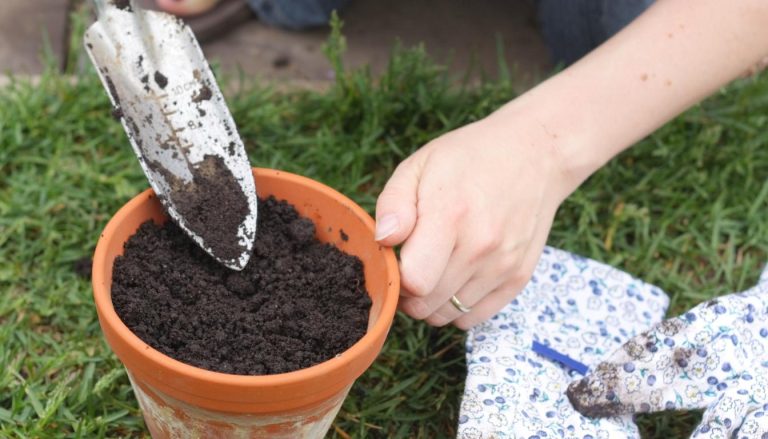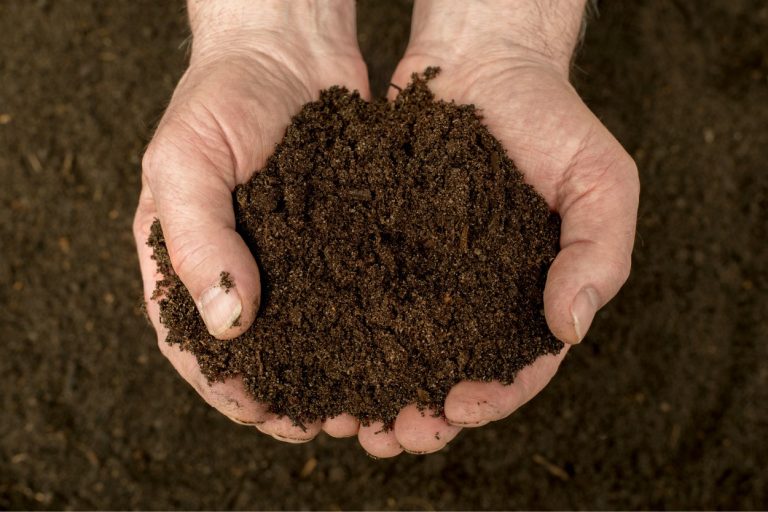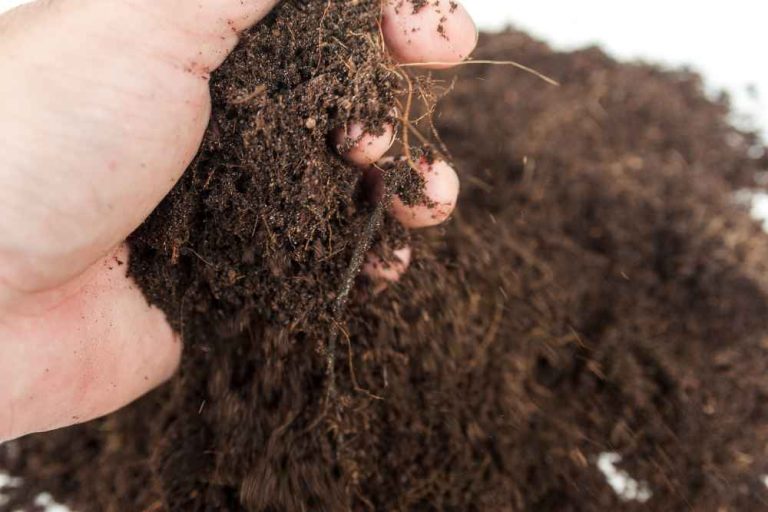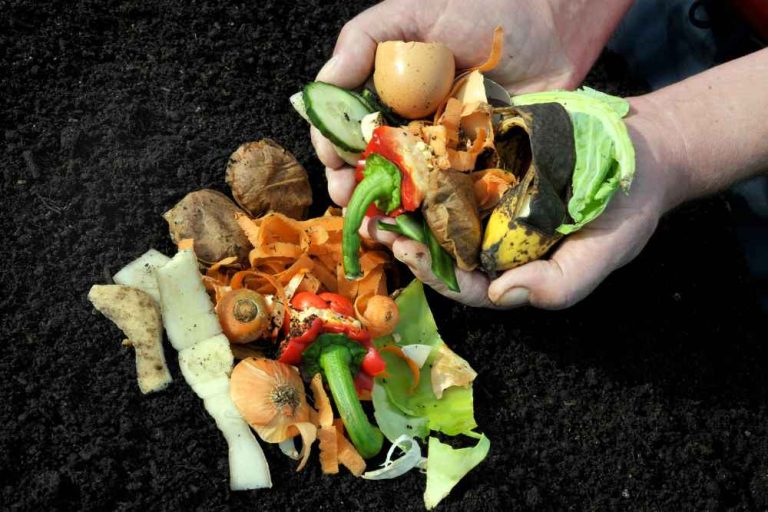Mastering How to Retain Moisture in Soil: A Quick Guide
Watering your garden is essential for the health and growth of your plants. It supports photosynthesis and helps maintain soil fertility by providing nutrients to the roots. Factors such as different watering needs for plants, potting medium, light exposure, temperature, humidity, and growth phases can affect soil moisture retention.
“How to retain moisture in soil” It is important to focus on the root zone, water only when needed, water deeply and thoroughly, water in the morning, mulch the soil, and use the right watering tool. It is also crucial to consider the type of water to use and to avoid overwatering. Following these tips will help you maintain proper soil moisture levels and promote healthy plant growth.
Key Takeaways:
- Focus on the root zone for effective soil moisture retention.
- Water only when needed to avoid overwatering.
- Water deeply and thoroughly to promote deep root growth.
- Water in the morning to give plants time to absorb moisture before the heat of the day.
- Mulch the soil to help retain moisture and prevent evaporation.
Importance of Moisture Management for Plant Health
Moisture management is a vital aspect of maintaining plant health and plays a significant role in integrated pest management (IPM). By effectively managing moisture, you can prevent the spread of diseases, promote plant health, and enhance the nutritional quality of your plants.
To fine-tune moisture management, there are several factors to consider. These include the type of substrate, container geometry, irrigation practices, water quality, and treatment. Balancing the air (oxygen) and water in the root zone is crucial for root respiration, pathogen resistance, nutrient delivery, and overall plant turgidity and growth.
The porosity of the substrate and the particle size distribution also impact the balance of air and water. Therefore, choosing the appropriate substrate and managing irrigation to achieve the right balance over time is essential for optimal moisture management. Healthy roots are usually white and fibrous, indicating their well-being. Keeping the air and water balance in check ensures the health of the roots and, in turn, the overall vitality of the plants.
Factors Affecting Moisture Management in Plant Growth
| Factors | Impact on Moisture Management |
|---|---|
| Substrate type | Affects air and water balance |
| Container geometry | Influences drainage and water retention |
| Irrigation practices | Impacts water delivery and absorption |
| Water quality | Can affect plant health and nutrient availability |
| Treatment | May improve water retention or drainage |
Watering Techniques and Tips for Soil Moisture Retention
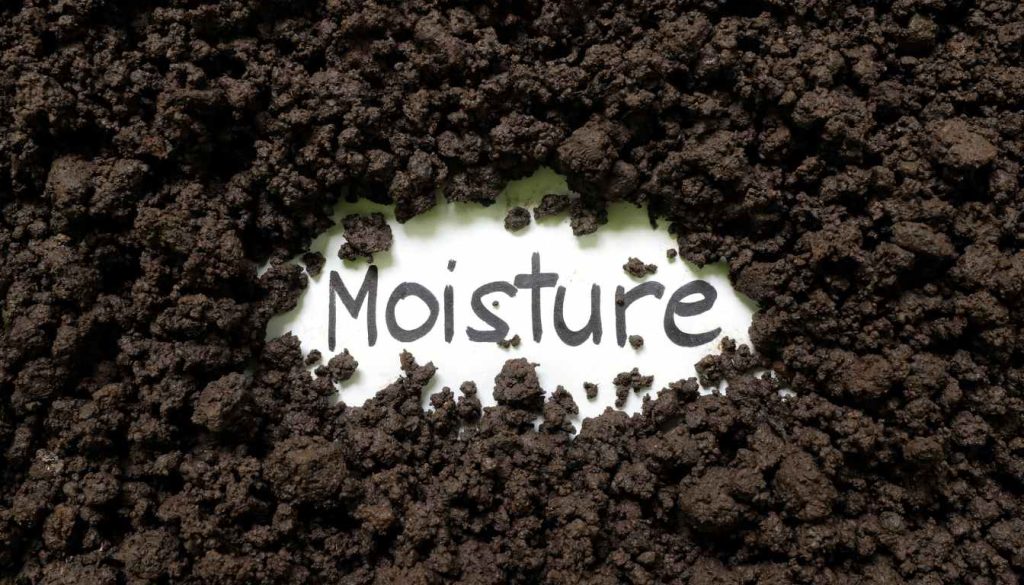
To effectively retain moisture in the soil, it is important to develop a watering strategy that suits your plants’ needs. Watering early in the morning is recommended, as it allows the water to penetrate the roots and prepares the plants for the day’s heat. However, if watering in the morning is not possible, late afternoon or early evening can also be suitable, as long as the leaves have enough time to dry before nighttime.
Monitoring the soil and checking the moisture level using techniques such as pressing your finger into the soil or using a moisture meter is crucial in determining when to water your plants. On average, most gardens require about 1 inch of water per week, including rainfall.
However, the watering frequency and amount may vary depending on the type of plant, climate, soil type, and season. Deep watering and less frequent watering are generally more effective in promoting deep root growth and drought tolerance.
Different watering methods can be used, such as watering cans, garden hoses, self-watering containers, sprinklers, and drip hoses, depending on the garden’s size and the plant’s needs. It is important to water at the base of the plants, monitor the water level, and ensure thorough watering without overwatering. Considering the soil type, such as sandy soil or clay soil, is also crucial for effective moisture retention.
Read – DIY Automatic Watering System For Indoor Plants
FAQ
What factors affect soil moisture retention?
Factors such as different watering needs for plants, potting medium, light exposure, temperature, humidity, and growth phases can affect soil moisture retention.
What are some tips for retaining moisture in soil?
To retain moisture in soil, focus on the root zone, water only when needed, water deeply and thoroughly, water in the morning, mulch the soil, and use the right watering tool.
Why is moisture management important for plant health?
Proper moisture management can prevent the spread of diseases, promote plant health, and enhance the nutritional quality of plants.
What factors should be considered for effective moisture management?
Factors to consider include substrate type, container geometry, irrigation practices, water quality, and treatment.
How does moisture management impact root health?
Balancing air and water in the root zone is essential for root respiration, pathogen resistance, nutrient delivery, and overall plant growth.
What is the best time to water plants?
Watering early in the morning is recommended, but late afternoon or early evening can also be suitable as long as leaves have time to dry before nighttime.
How do I know when to water my plants?
Monitoring the soil and checking moisture levels by pressing your finger into the soil or using a moisture meter is crucial in determining when to water.
How much water do most gardens require?
On average, most gardens require about 1 inch of water per week, including rainfall, but the amount may vary depending on various factors.
What are some different watering methods?
Different watering methods include watering cans, garden hoses, self-watering containers, sprinklers, and drip hoses, depending on the garden’s size and plant’s needs.
How can I retain moisture in sandy or clay soil?
Consider the soil type and adjust watering techniques accordingly to effectively retain moisture in sandy or clay soil.
Related Posts
- How to Break Down Clay Soil Fast
- What Is Soil Temperature In Agriculture
- Why Does Your Garden Need Tested Soil?
- How To Make Soil Fertile Naturally
- How to Mix Compost into Soil for Healthier Plants
- Importance of Well-Drained Soil for Healthy Crops
- How to Keep Soil Moist
- Bohemian Bedroom Ideas on a Budget | Chic & Affordable - April 24, 2024
- 18 Rose Types and Names for Your Garden - April 23, 2024
- 18 Creative Ideas for Stunning Garden Borders - April 16, 2024

